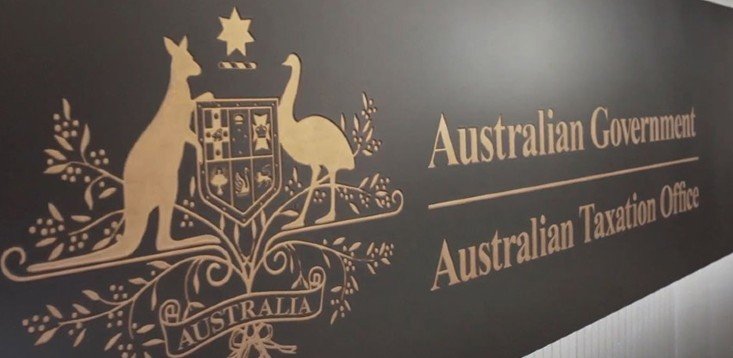SMSFs have now seen an over 90 per cent increase in cryptocurrency trading across the year, with advisers urged to start getting acquainted with crypto as it becomes a growing alternative asset for clients, according to a report.
The BTC Markets’ Investor Study Report 20-21 has unveiled the data analysis of the crypto exchange platform’s 325,000 users to explore the “what’s” and “why’s” of their crypto investments.
Findings from the report found that the growth of SMSFs trading on the BTCM exchange during FY20-21 rose by 95 per cent.
Based on the data, there has been increased demand from SMSF investors driving crypto investment in a rapidly maturing market.
“We have noticed that SMSF investors are comfortable making significant purchases outside of the more well-known cryptocurrencies into projects such as Ethereum Classic (ETC) and Bitcoin Satoshi Vision (BSV) – indicating their confidence and commitment to research,” BTC Markets CEO Caroline Bowler said.
“Further, companies that invest and trade with us are generally in the small to medium-sized enterprise category and are invariably organisations where the founder is still involved.
“This is interesting because founders and entrepreneurs usually have a healthy appetite for risk and tend to be nimbler when it comes to decision-making – a trait that is beneficial for investing in crypto given its dynamic nature.
This result also indicates a longer-term investment timeline whereby Australians are looking to cryptocurrency to build and provide for their future, rather than using it as a “get rich quick” investment, according to Ms Bowler.
“It’s worth noting that cryptocurrency investments are being used for overall portfolio diversification. This is a role traditionally held by alternative assets such as REITs, hedge funds, art, precious metals such as gold, and other collectibles,” she noted.
“This indicates that cryptocurrencies are coming of age in playing an increasingly important role as an alternative asset in the portfolio construction process.”
Looking forward, BTCM said it expects more companies to follow suit in adding digital assets to their balance sheets, whether as a natural hedge against fluctuating fiat currencies or as part of a corporate strategy to embrace modern, open technologies.
Ms Bowler believes there is a clear avenue for SMSF accountants, financial advisers, tax lawyers and to lift their game in getting acquainted with the nuances of crypto, not only for their own business but also for their clients.
Nearly a quarter (23 per cent) of investors surveyed cited cryptocurrency as the only investment they held and 63 per cent were not deterred by its volatility, rather embracing it as a “risk they understood.”
“In order to stay relevant to this investing cohort, it is time for professional services to catch up with the comfort levels of these investors, rather than waiting for them to be convinced of the benefits of more traditional investment assets,” she stated.
While financial advisers may be investing in digital assets in a personal capacity, regulation prevents them from supporting their clients who are doing the same, as cryptocurrency is not considered a financial product in Australia.
“This lack of professional financial advice can be conducive to investors falling prey to unscrupulous scams and ‘finfluencers’ if they don’t do their due diligence.
“Further building the case for regulation of cryptocurrency in Australia, 28 per cent of respondents said that a lack of regulation was a challenge when investing, while 32 per cent said a lack of understanding on the tax treatment of crypto investment was a hindrance.”
Once crypto becomes a regulated financial instrument, which is currently being addressed by Senator Andrew Bragg’s select committee, Ms Bowler said investors and their advisers would likely gain greater confidence about operating in the crypto sector.
“In the meantime, educating professional services will be crucial,” she concluded.
However, this comes as the ATO had recently fired warning shots for advisers new to cryptocurrencies to be aware of the components that comprise a crypto asset’s cost base, and to encourage their clients to keep immaculate records.
Speaking at a cryptocurrency forum hosted by the Knowledge Shop on Tuesday, ATO assistant commissioner Adam O’Grady stressed the importance of “getting the cost base right,” which he said has emerged as a leading pain point in the tax treatment of cryptocurrencies.
One often overlooked element of a crypto asset’s cost base, Mr O’Grady said, are instances where an investor has borrowed money to invest in cryptocurrency.
“Generally, that is actually part of the cost base,” he said. “Unlike shares that are earning dividends on the way, those interest expenses may be claimable immediately as a deduction in the cryptocurrency space.”
“Because they’re generally not earning income alone, it does actually form part of the cost base.
“But a lot of other cost base elements such as your brokerage fees, or transfer costs, all those sorts of things are ones that you’d be familiar with.”
Source: SMSF Adviser



